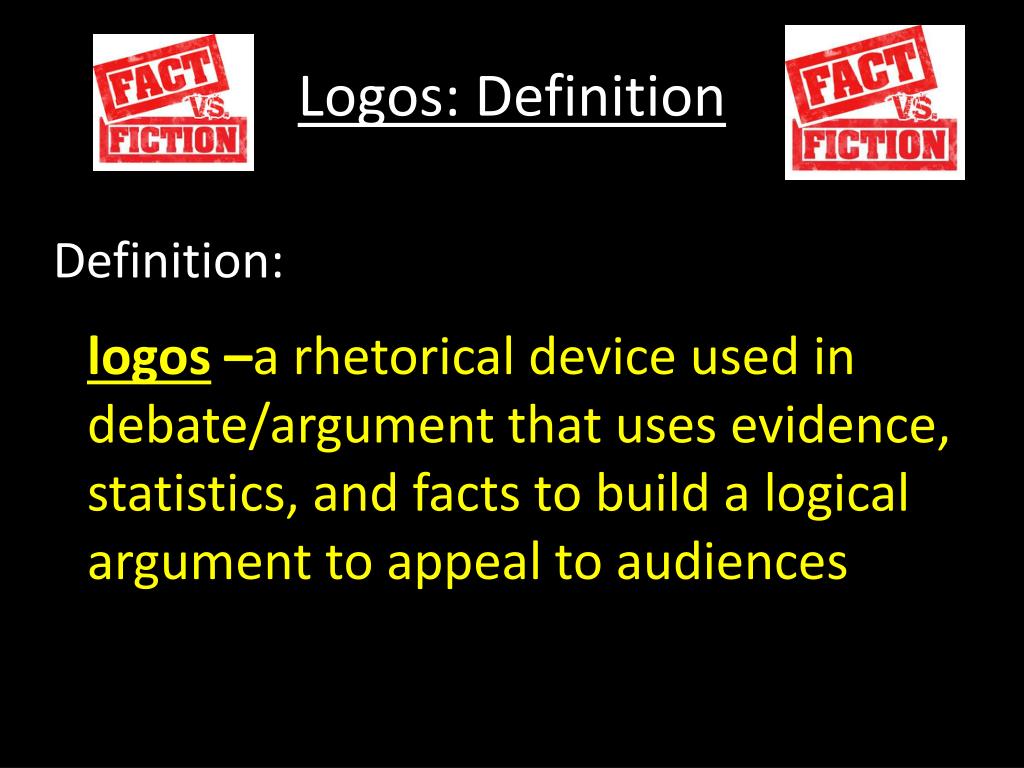

In this way, logos appeals can be more subtly communicated.
LOGOS RHETORIC PROFESSIONAL
Professional tone and language subtly add to the ethos appeal.Hughes’ job title and location indicates his prominence in the writing center field.Hughes’ current projects immerse him in writing center scholarship.
LOGOS RHETORIC SOFTWARE
Together with colleagues at UW-Madison, he’s currently developing an authoring program for creating computer simulations to use in tutor education, which will be distributed as open-source software starting in 2011.

His most recent publication, co-authored with colleagues, focuses on writing center podcasts (Writing Lab Newsletter, 2009). He co-chaired the IWCA Summer Institutes in 2003, 2008, and 2009. Hughes is the right person to write about this particular topic.Īt the University of Wisconsin-Madison, Bradley Hughes has been director of the writing center since 1984 and director of writing across the curriculum since 1990. However, this biography gives the reader an understanding why Dr. Since the Writing Center Journal is a peer-reviewed, academic source, the name of the journal also has a positive ethos appeal. Take this biography that was posted in the article “What They Take with Them: Findings from the Peer Writing Tutor Alumni Research Project” published in the Writing Center Journal. Sometimes, ethos can be established through a writer’s experiences, education, work, or research. EthosĮthos is all about credibility-is the source coming from research that is reliable and has a good reputation? A writer can use ethos to show readers why they are the best person to be writing or talking about a particular topic or issue. For example, one sentence might contain elements of two separate appeals, and that’s ok! We’ve only separated them out to help you better identify how these parts work on their own. Although this handout does provide examples of each appeal below, it is important to note that a piece of media or text might actually contain more than one appeal. There are three main appeals that can be used: ethos, pathos, and logos. When being introduced to rhetorical concepts, among the first appeals students learn about are the rhetorical appeals.


 0 kommentar(er)
0 kommentar(er)
